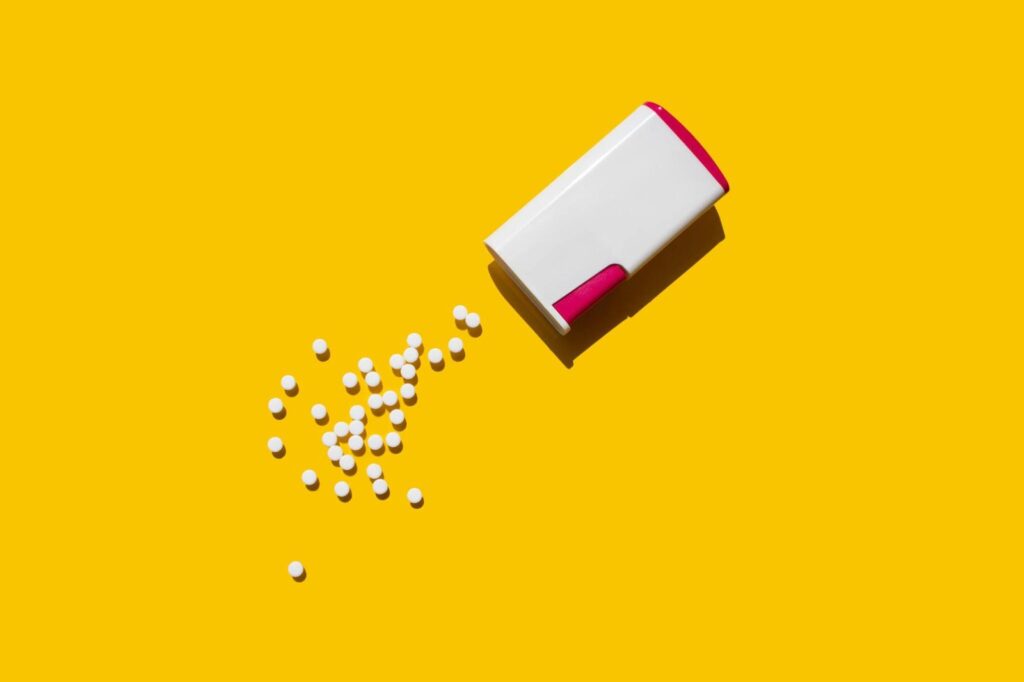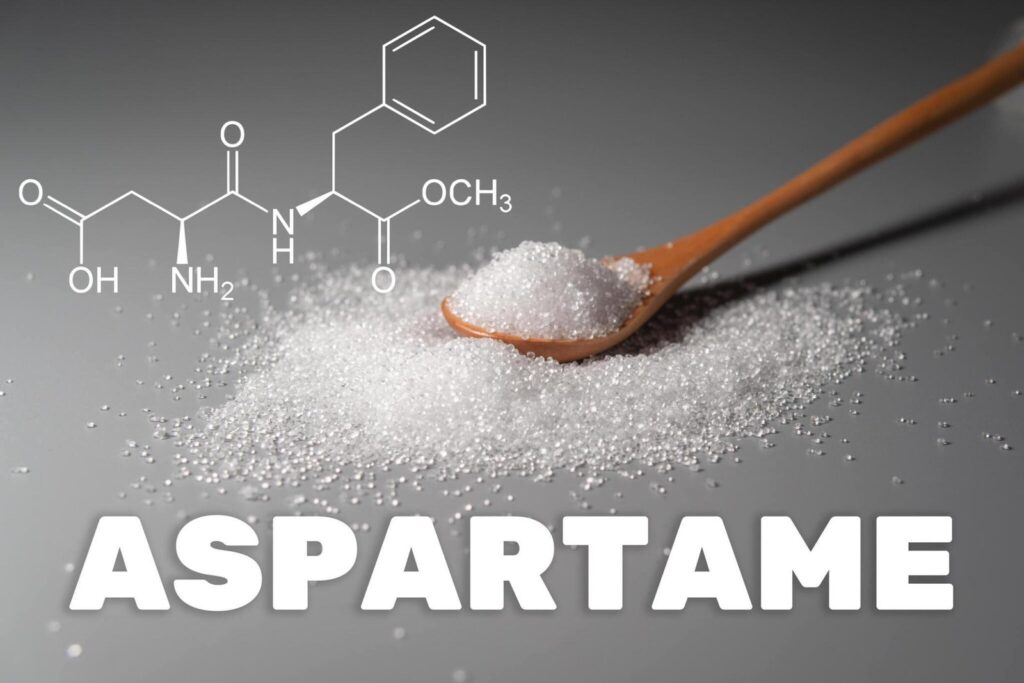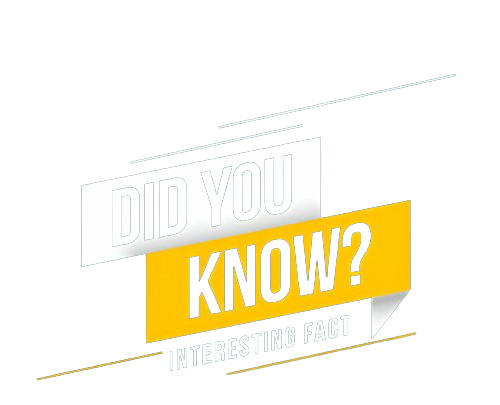Saccharin tablets are a type of artificial sweetener and food additive commonly used as a sugar substitute. They are often used by individuals who are looking to reduce their sugar intake or manage conditions such as diabetes. In this article, we will explore saccharin tablets’ uses and compare them to other sugar substitutes.
1. What is Saccharin?

Saccharin, an artificial sweetening agent, has a sweetness intensity ranging from 300 to 500 times greater than sugar. It was first discovered in 1879 by a chemist named Constantin Fahlberg, who accidentally spilled a chemical on his hand and later found that it tasted sweet. Saccharin was first used as a sugar substitute in the late 1800s and has been used in various products such as soft drinks, baked goods, and tabletop sweeteners.
2. Production Process
The production of saccharin involves several steps, including chemical reactions and purification processes. Here is a breakdown of the production process:
1.1 Preparation of Raw Materials

The first step in the production of saccharin is the preparation of raw materials. The primary raw materials are toluene, sulfur dioxide, and chlorosulfonic acid. Toluene is a petroleum-based solvent, sulfur dioxide is a gas, and chlorosulfonic acid is a corrosive liquid. These materials are carefully measured and mixed in a reactor.
1.2 Sulfonation
In this step, the mixture of raw materials is heated and stirred in the reactor. This process, known as sulfonation, involves adding sulfur dioxide and chlorosulfonic acid to the toluene. This reaction produces a compound called ortho-toluenesulfonic acid.
1.3 Oxidation
The next step is oxidation, where the ortho-toluenesulfonic acid is oxidized using nitric acid. This reaction produces a compound called saccharin.
1.4 Purification
After the oxidation process, the saccharin is still mixed with impurities. The saccharin is dissolved in hot water to remove these impurities and then filtered. The filtered solution is then cooled, and the saccharin crystals are formed.
1.5 Drying and Packaging

The final step in the production process is drying and packaging. The saccharin crystals are dried and then ground into a fine powder. This powder is packaged and ready to be used as a sugar substitute.
2. What are Saccharin Tablets?
Saccharin tablets are small, white tablets that contain saccharin as the main ingredient. They are often used as substitutes for regular sugar or other artificial sweeteners. Saccharin tablets are available in various forms, including tablets, powder, and liquid drops.
3. How are saccharin tablets typically employed?
3.1 Sugar Substitute
The most common use of saccharin tablets is as a sugar substitute. These tablets are often used instead of sugar in beverages such as coffee, tea, and soda. They can also be used in baking and cooking as a replacement for sugar. Saccharin tablets are much sweeter than sugar, so a tiny amount can go a long way in providing the desired level of sweetness. It makes them a popular choice for those looking to reduce their sugar intake without sacrificing taste.
3.2 Artificial Sweetener

Saccharin tablets are also used as an artificial sweetener in various products. They can be found in many diet and low-calorie foods and drinks, such as diet sodas, sugar-free candies, and low-fat desserts. This is because the body does not metabolize saccharin, meaning it does not contribute to calorie intake. As a result, it is a popular choice for those looking to manage their weight or control their blood sugar levels.
3.3 Medicinal Use

In addition to being a sugar substitute and artificial sweetener, saccharin tablets also have medicinal uses. They are often used in cough drops and throat lozenges to provide a sweet taste and help soothe a sore throat. Saccharin has also been used in some medications to mask unpleasant tastes or odors. However, it is essential to note that saccharin tablets should not be used as a medication alone and should only be used as directed by a doctor.
4. What are the Uses of Saccharin Tablets?
Saccharin tablets have a variety of uses, including:
- Sugar substitute: Saccharin tablets are often used as a sugar substitute in foods and beverages. They provide a sweet taste without adding calories, making them a popular choice for individuals seeking to reduce their sugar intake.
- Diabetes management: Saccharin tablets are a popular choice for individuals with diabetes, as they do not affect blood sugar levels. This makes them a safe alternative to sugar for those who need to monitor their blood sugar levels.
- Weight management: As saccharin tablets do not contain any calories, they can be used as a sugar substitute for individuals looking to manage their body weight. They provide a sweet taste without adding any extra calories to the diet.
- Tooth-friendly: Unlike sugar, saccharin does not promote tooth decay. This makes saccharin tablets a popular choice for individuals looking to reduce their sugar intake while maintaining good oral health.
5. How do saccharin tablets fare in comparison to other sugar substitutes?
Several other sugar substitutes are available on the market, including aspartame, sucralose, and stevia. Here is how saccharin tablets compare to these other sugar substitutes:

- Aspartame: Aspartame is another prevalent artificial sweetening agent, frequently employed in diet sodas and various low-calorie consumables. It is 200 times sweeter than sugar and is made from two amino acids, aspartic acid and phenylalanine. Unlike saccharin, aspartame can lose its sweetness when heated, making it less suitable for cooking and baking.
- Sucralose: Sucralose is a sugar substitute 600 times sweeter than sugar. It is made from sucrose, the same sugar found in regular table sugar, but with three chlorine atoms added. Sucralose demonstrates stability under heat, rendering it appropriate for culinary applications such as cooking and baking. However, it may manifest a nuanced bitter aftertaste.
- Stevia: Stevia emerges as a natural sweetening agent derived from the leaves of the stevia plant through extraction processes. It exhibits a sweetness potency ranging from 200 to 300 times greater than sugar while containing no caloric content. Stevia is heat-stable and can be used in cooking and baking. Nevertheless, it might present a subtle bitter aftertaste.
Compared to these other sugar substitutes, saccharin tablets are a more affordable option and have been used more extensively. They also do not have any aftertaste, making them a popular choice for those who do not enjoy the taste of other sugar substitutes.
6. Are There Any Risks Associated with Saccharin Tablets?
Saccharin tablets have been approved for use by the Food and Drug Administration (FDA) and are considered safe for consumption. However, there have been some concerns about the potential health risks of saccharin, particularly with cancer.
In the 1970s, studies on rats showed a link between saccharin consumption and bladder cancer. However, further studies on humans have yet to find a similar link. The National Cancer Institute states that there is no clear evidence that saccharin causes cancer in humans.
7. How to Buy?
When purchasing saccharin tablets, consider the following factors:
- Ingredients: Check the ingredients list to ensure that the tablets contain saccharin as the primary sweetening agent and that there are no additives or unnecessary ingredients.
- Brand Reputation: Choose tablets from reputable brands with a history of producing high-quality sweeteners.
- Purity: Look for tablets that are pure saccharin without any fillers or artificial additives.
- Packaging: Opt for tablets that are well-packaged to ensure freshness and prevent contamination.
- Safety: Ensure that the tablets meet safety standards set by regulatory authorities for consumption.
8. Conclusion
Saccharin tablets are a popular sugar substitute that is used in a variety of foods and beverages. They are a safe alternative to sugar for individuals looking to reduce their sugar intake or manage conditions such as diabetes. While there have been some concerns about the potential health risks of saccharin, it has been approved for use by the FDA and is considered safe for consumption. If you are looking for a sugar substitute, saccharin tablets are a cost-effective and widely available option.
Stevia is another popular sweetening agent that plays a significant role in daily life. Click here to explore more about it now.

